
The bridge of the fairy foxgloves
If you happen to be crossing the beautiful little bridge to Seil island – affectionately known as ‘the bridge over the Atlantic’ – look out for the display of fairy foxgloves which appear in early summer.
These gorgeous flowers are not, as you might imagine, blooming on the banks or in the surrounding woodland. They are, in fact, clinging to the stonework of the bridge.
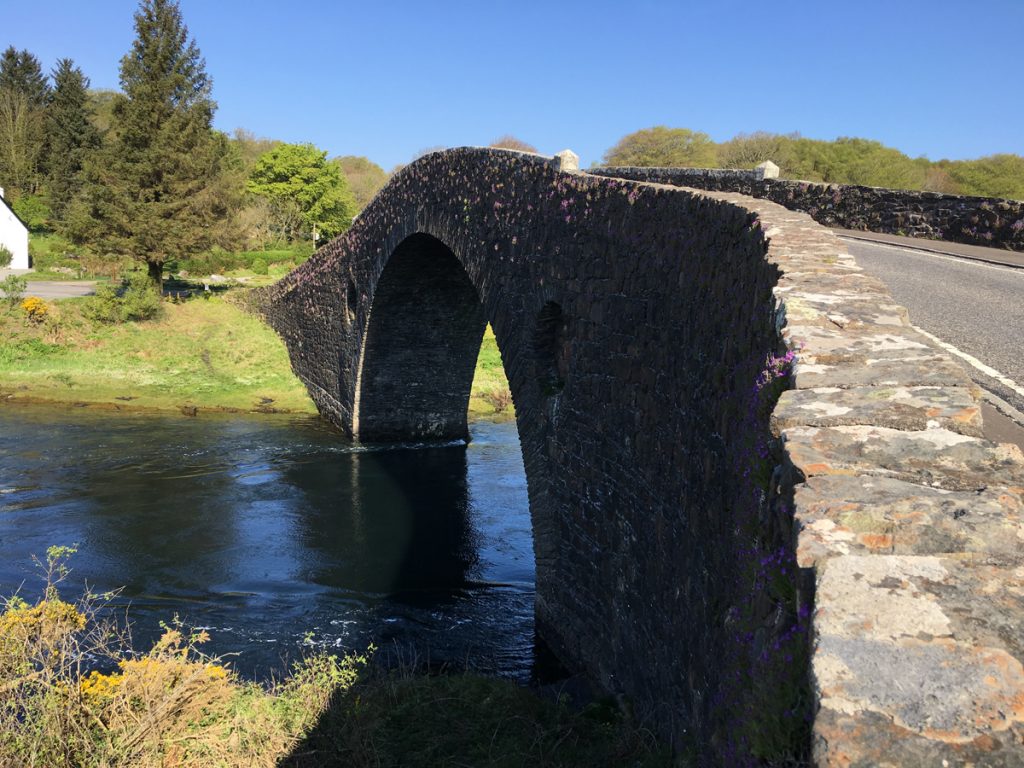 The fairy foxglove (Erinus alpinus) is a tiny little alpine perennial, and its native range is Southern and Central Europe. So why is it found on the west coast of Scotland? Some experts believe that it has naturalised itself here, probably from the gardens of plant collectors or specialist nurseries. It must have been here for many generations, however, to have colonised the bridge to this extent – and it has a partiality for bridges, because it also occurs on the old packhorse bridge at Carrbridge in Inverness-shire.
The fairy foxglove (Erinus alpinus) is a tiny little alpine perennial, and its native range is Southern and Central Europe. So why is it found on the west coast of Scotland? Some experts believe that it has naturalised itself here, probably from the gardens of plant collectors or specialist nurseries. It must have been here for many generations, however, to have colonised the bridge to this extent – and it has a partiality for bridges, because it also occurs on the old packhorse bridge at Carrbridge in Inverness-shire.
 There is an older story, however, which says that the fairy foxglove grows where Roman soldiers once trod. I think this lovely idea originates from the fact that it grows on Hadrian’s Wall in Northumberland; I am not sure how many centurions would have made it across to Seil island without facing stiff opposition, and of course they were way too early for the bridge!
There is an older story, however, which says that the fairy foxglove grows where Roman soldiers once trod. I think this lovely idea originates from the fact that it grows on Hadrian’s Wall in Northumberland; I am not sure how many centurions would have made it across to Seil island without facing stiff opposition, and of course they were way too early for the bridge!
The flowers are delicately fragrant, and they spread happily once they get established. We have, in fact, collected a few seeds from these little plants and they are now growing happily between the paving slabs of our front garden – they much prefer this dry habitat to any type of soil or compost that was offered them.
The fairy foxglove is also known as ‘alpine balsam’ or ‘liver balsam’, which suggests that at one time it was used for some kind of medicinal purpose, maybe as a herbal drink.
I can’t write about the fairy foxgloves without mentioning their beautiful ‘mother bridge’. It was built in 1793 and it spans the Sound of Seil, a narrow stretch of sea between the mainland of Argyll and the small island of Seil. The fairy foxgloves have the most glorious view of the tide ebbing and flowing beneath them twice a day!
The Tigh an Truish
One of the first houses on Seil is known as the Tigh an Truish – the ‘house of the trousers’. This is an eighteenth-century inn and its name stems from the time just after the 1745 Jacobite rebellion, when the wearing of traditional kilts was banned by the British government. Bagpipes were also prohibited, being regarded as an instrument of war. (There is more truth to this than you might at first think! English troops were spooked by the sound, and some of them turned and fled when they heard a piper’s mournful keening.)
So, back to the trousers… country people would have carried on wearing the kilt in their own locality, where there were no officers, but when they wanted to go further afield they had to dress appropriately. Before heading across the water to the mainland they would therefore stop and change their kilts for trousers, and they would do so at the Tigh an Truish.
The Tigh an Truish is still a pub, with a glorious view of the bridge and the Sound of Seil.
A house of trousers next to a bridge of fairy foxgloves. This is precisely why I love Scotland!
Sources:
All photos © copyright Colin & Jo Woolf except close-up of Tigh an Truish via Wikimedia
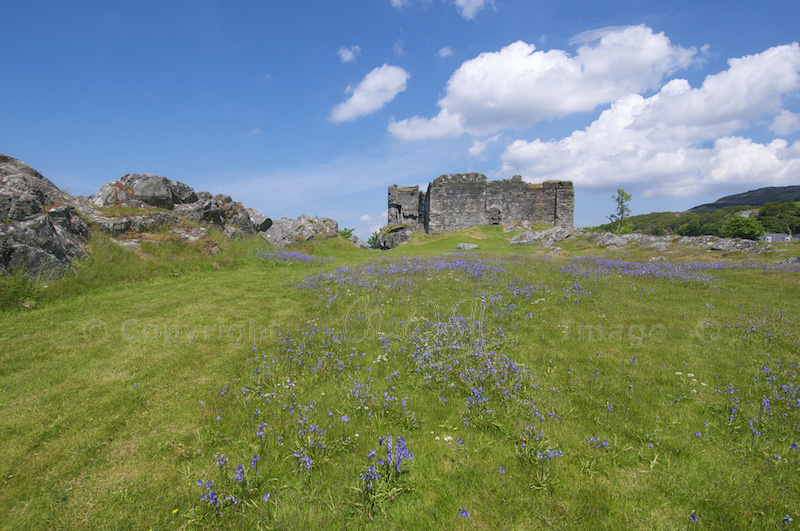
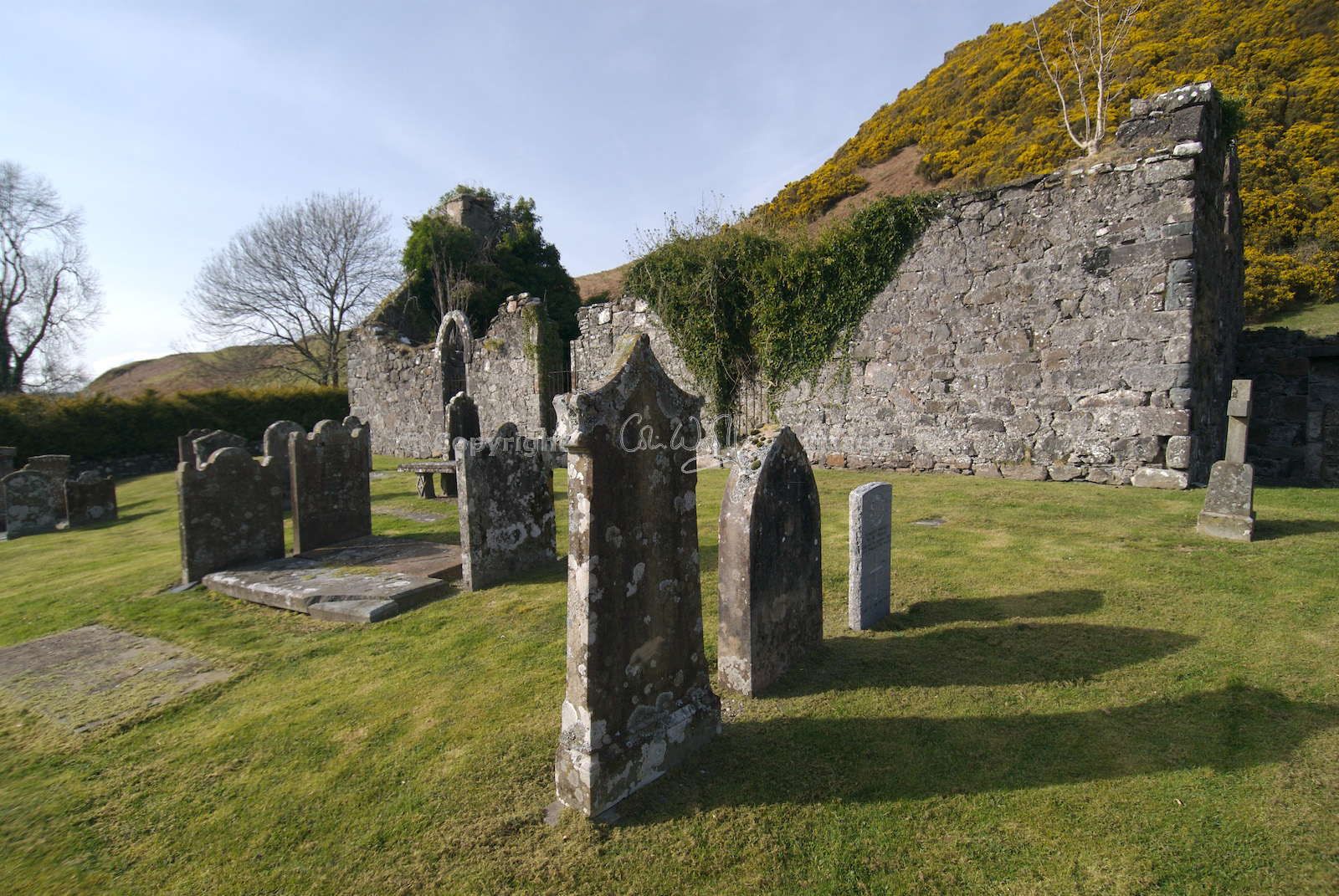



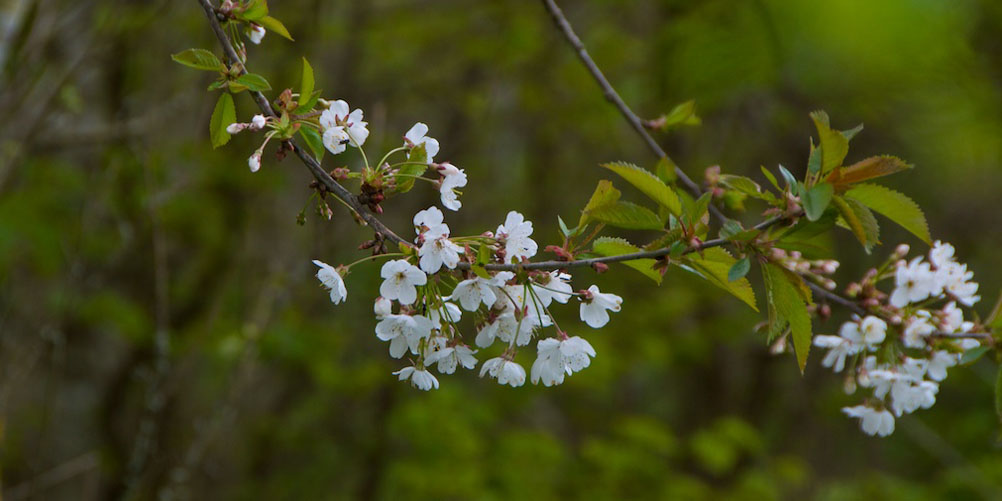
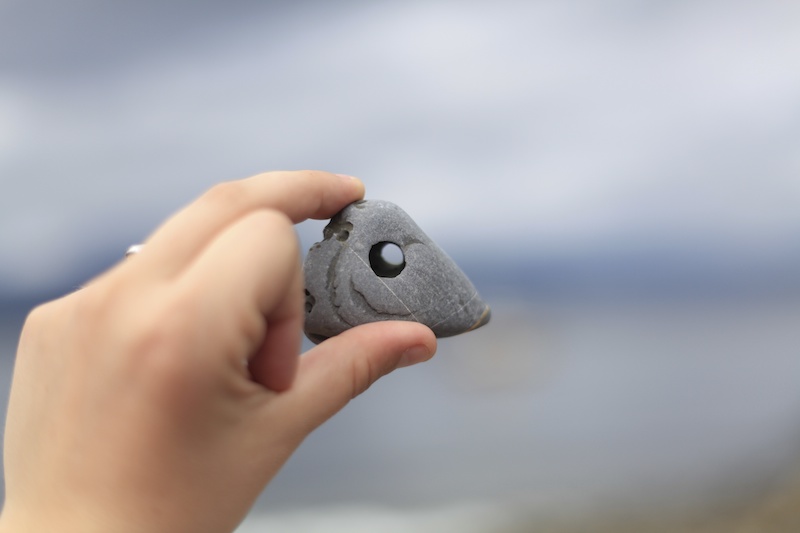
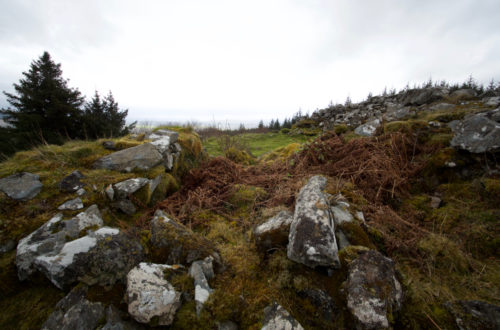
18 Comments
tearoomdelights
Ha ha, I love how you ended this post! It’s a very timely subject, too, because just a couple of days ago I was out with my mum and she was talking about fairy foxgloves when we saw some cascading down a stone wall. I asked her where we could get some and she said we’d just have to take some from another wall and try sticking them in a wall at home, so that’s my plan, especially after hearing about your success story. House of trousers, that’s such a great story.
Jo Woolf
Thank you, Lorna – glad you liked it! Fairy foxgloves are lovely little plants and they are spreading happily over our front paving stones. I hope you succeed in persuading some to make a home with you!
dhphotosite
These are such pretty little flowers managing to survive in a difficult environment…stone. And your story telling is just wonderful!
Jo Woolf
You’re right, David – they are pretty tough but still really beautiful! We have found more today – I will be posting about it soon! Thank you so much for your lovely comment – much appreciated.
ordinarygood
I did giggle at the end of your story…..and the fairy foxgloves are very special. Such beauty in such austere circumstances….a reminder of how to live and how to maintain resilience.
Jo Woolf
That’s so true, Lyn. I’m glad the story made you smile! 🙂
dancingbeastie
How lovely to see photos of a place for which I have great affection, and to learn something new about it. Despite having been a regular visitor to Seil since my teens, I have never been there when the fairy foxgloves are in flower.
dancingbeastie
P.S. I have added a link to ‘The Hazel Tree’ on ‘Dancing Beastie’: I hope that is OK? It will make it easier for me to keep up!
Jo Woolf
Of course, and thank you, that is very kind of you! 🙂
Jo Woolf
We love Seil too, having spent many lovely times there. We didn’t have any photos of those particular foxgloves in flower either (or only from a distance). Since this post, we have just come back from a day out and have seen them on a bridge in Inveraray. They are everywhere now I’ve started looking for them!
greenmackenzie
I love this bridge and all the stories which swirl around it, but I didn’t know about the fairy foxgloves. Thank you for sharing this, and I’m just back from a visit to Hadrians Wall, so love the link you’ve woven in there 🙂
Jo Woolf
Glad you enjoyed it! 🙂 I’ve not made it to Hadrian’s Wall yet but I intend to do so next time we’re in that area. Thanks for your comment!
Craig
Hi Jo, as you say the bridge is full of Erinus Alpinus, however next time you come up look at the ruin just before the last sharp corner on the mainland side of the bridge, it’s full of Fairy Foxgloves growing between the stone. They have very woody stems and thrive in a soil poor but mineral rich environment, which in this case is the grey slate for which the island is famous.
Jo Woolf
Hi Craig, Thank you very much for that – I think I know where you mean! I will certainly look out for them. I noticed some on the isle of Lismore just recently, growing in a stone wall. They’re so pretty! 🙂
Andy Roberts
We first saw this beautiful flower at Middleham Castle in Yorkshire. Climbing all over the stones. Thanks for the extra information.
Jo Woolf
I’m glad that you found it useful! Thank you for letting me know! They are lovely little flowers, and I am seeing more of them myself now, particularly on old stone walls.
Hilary Cooper
Lovely to see this post, my parents went to Seil Island on holiday many times in the 60s and 70s. It was one of their favourite places. dad always called at the pub or a drink or two in the evening. Thank you, really enjoyed this
Jo Woolf
Thank you, Hilary! That must have been a lovely time to visit. I don’t suppose much has changed on Seil, although perhaps a few more houses. We still love going there and usually stop to walk over the bridge and admire the view.